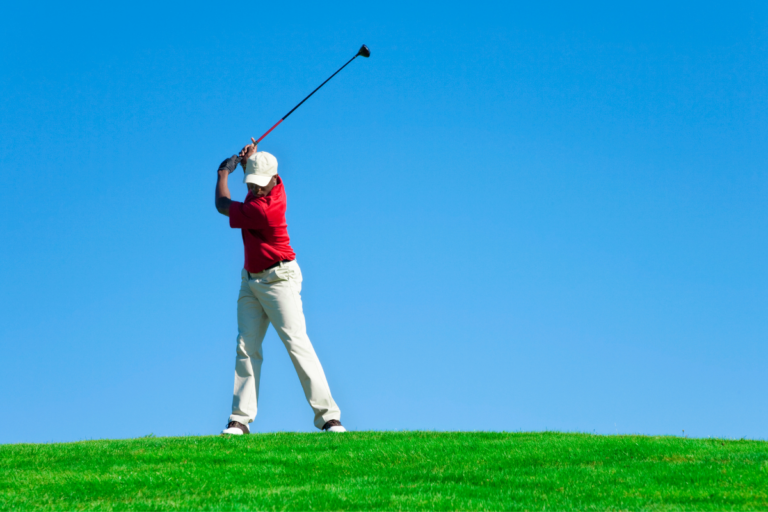15 Sneaky Tactics Stores Use to Make You Spend More
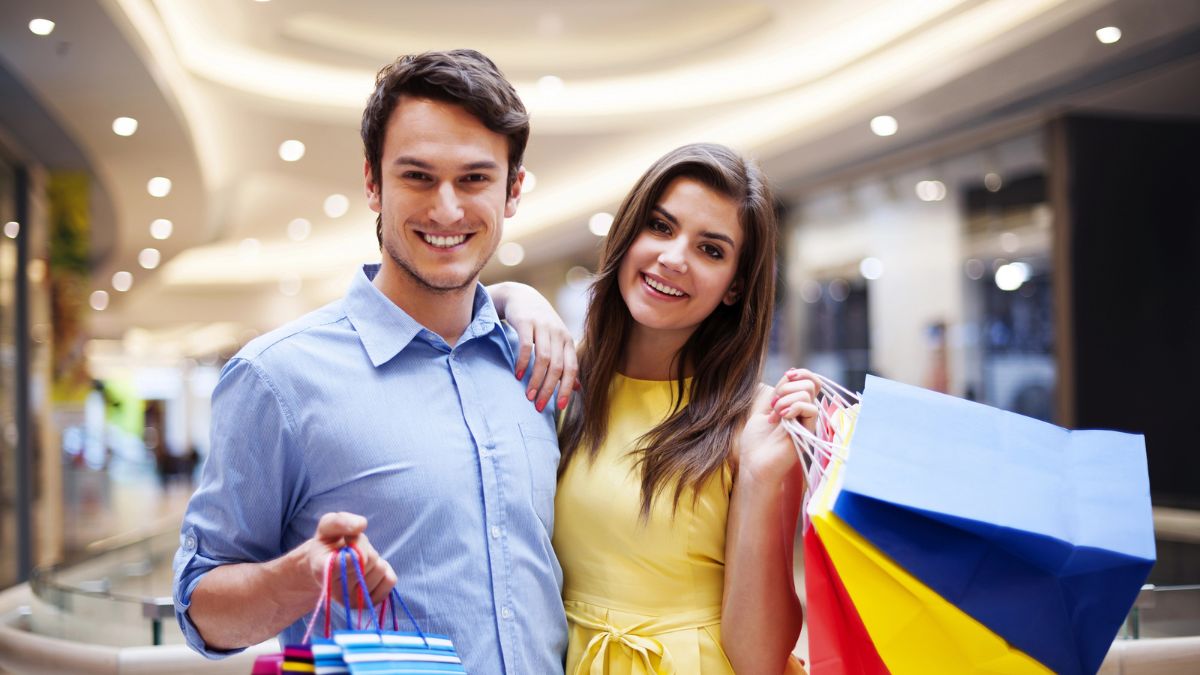
Shopping can be an enjoyable activity, but it’s important to be aware that stores often employ sneaky tactics to encourage you to spend more than you planned. From the moment you walk in, retailers use a variety of strategies designed to catch your attention, influence your decisions, and keep you browsing longer. Understanding these tactics can help you become a more mindful shopper and avoid unnecessary purchases.
1. Strategic Store Layouts

When you walk into a store, the layout isn’t random; it’s carefully planned to guide you through a journey of spending. Stores place essential items like milk and bread at the back so you have to pass by tempting treats and other products along the way. The meandering path through aisles is designed to maximize exposure to a variety of goods. By the time you reach the checkout, your cart is fuller than you initially intended.
2. Eye-Level Product Placement
Ever notice how the most expensive or popular products are right at eye level? This is no accident. Stores use this tactic because items placed where customers can easily see and reach them are more likely to be purchased. Products meant for children are often placed on lower shelves where they can spot them and pester their parents into buying.
3. Decoy Pricing

Decoy pricing is a clever trick where stores present three options: a high-priced item, a low-priced item, and a middle option that’s often only slightly more expensive than the low-priced one. This makes the middle option seem like the best deal. Most customers will choose the middle option, believing they are getting better value for their money.
4. Limited-Time Offers
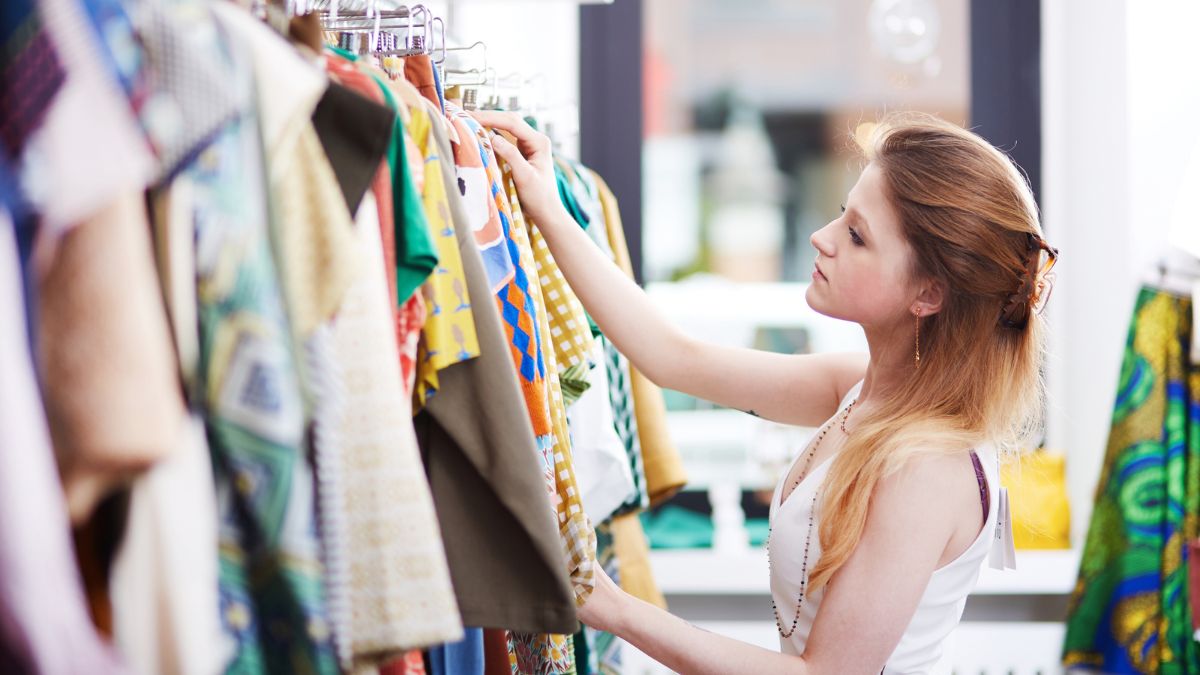
The urgency created by limited-time offers is a powerful motivator. Stores frequently use phrases like “today only” or “limited stock” to make customers feel they need to act quickly. This sense of urgency can lead to impulsive purchases. When shoppers think they might miss out, they’re more likely to buy on the spot rather than risk losing the opportunity.
5. Bundling Products

Stores often bundle products together, offering a slight discount if you buy them as a package. This tactic makes customers feel like they are getting more value for their money. For example, a shampoo and conditioner set might seem like a better deal than buying each separately, even if you didn’t originally plan to buy both. Bundling can subtly increase the amount customers spend.
6. Reward Programs
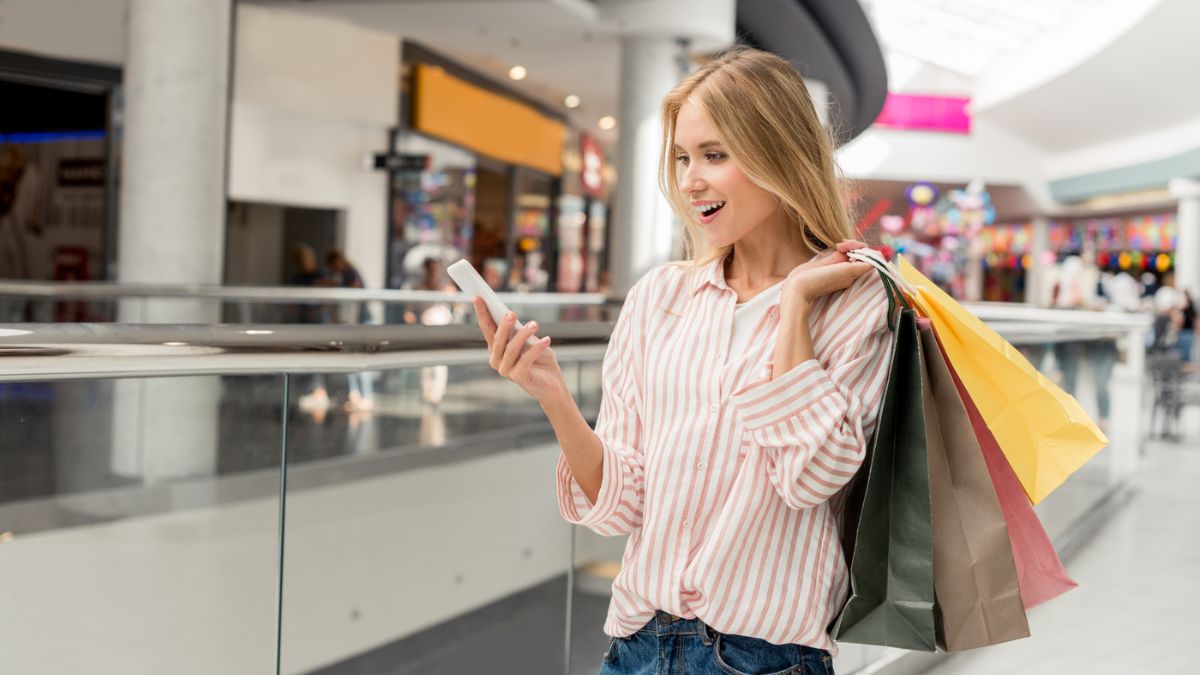
Reward programs are designed to keep customers coming back and spending more each time. By offering points, discounts, or exclusive deals to members, stores create a sense of loyalty. Customers are more likely to choose a store where they can earn rewards, even if it means spending a little more to reach the next reward level. This ongoing cycle encourages increased spending over time.
7. Free Samples
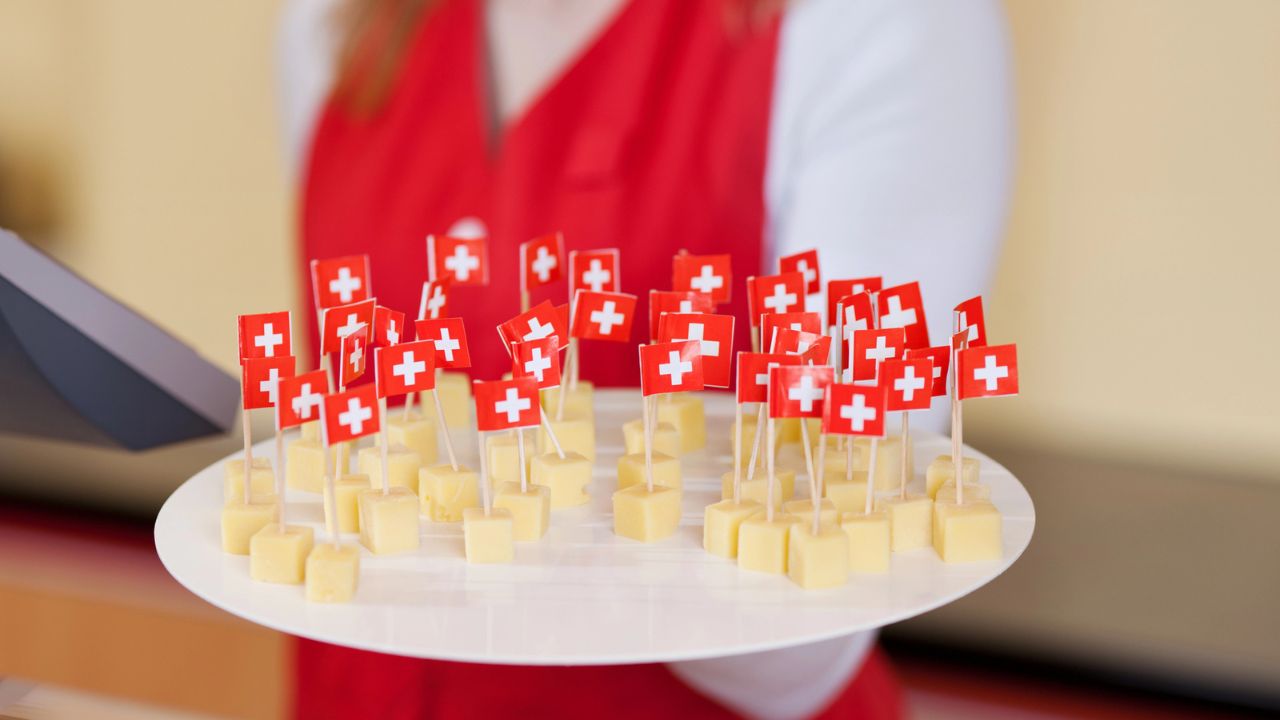
Free samples are a common tactic in grocery stores and other retailers. When customers try a product and like it, they’re more inclined to purchase it. Offering samples also creates a sense of reciprocity; customers feel obliged to buy something in return for the free sample. This simple strategy can significantly boost sales of featured products.
8. Sensory Marketing
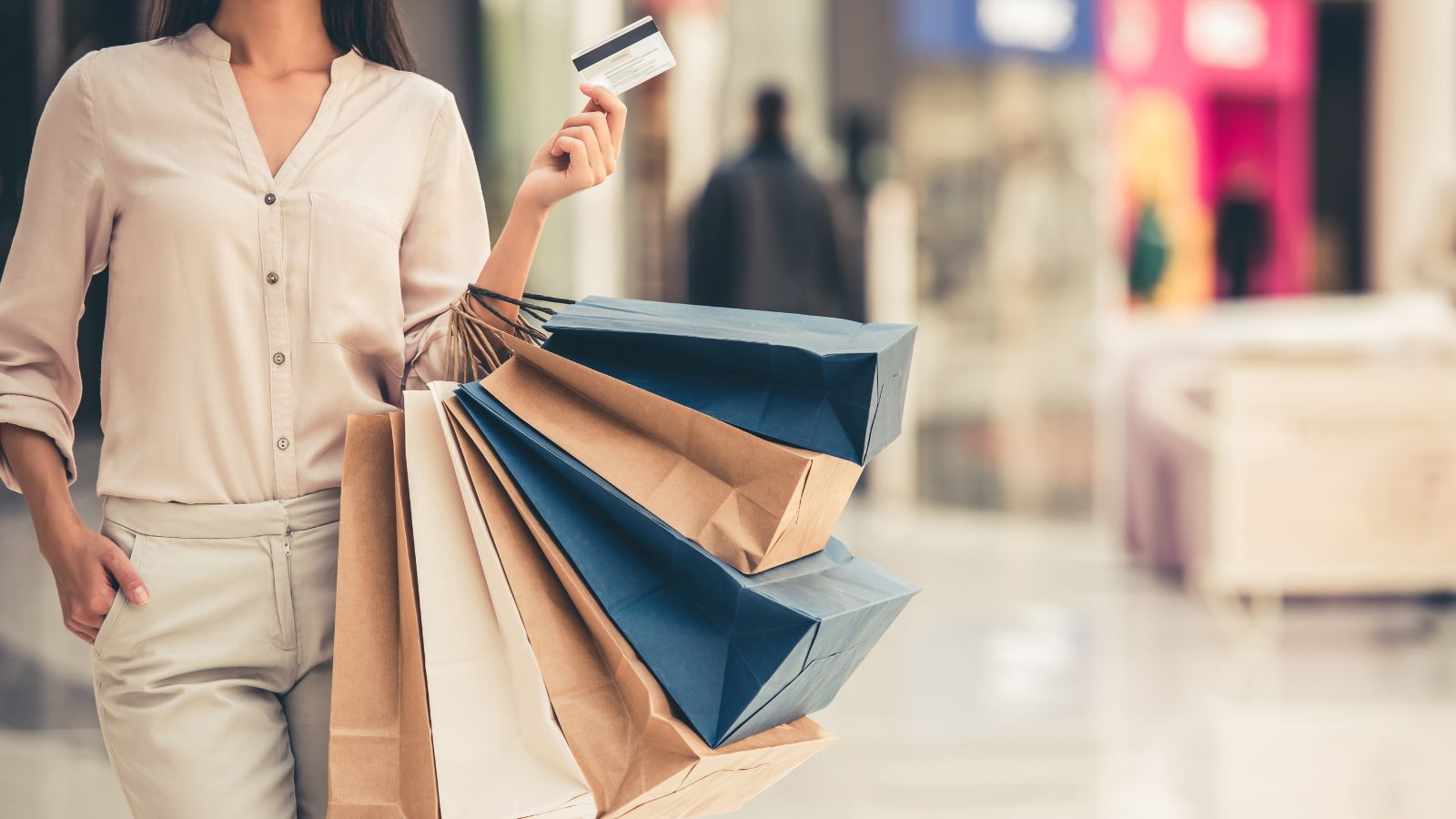
Stores often use sensory experiences to influence buying behavior. Pleasant scents, catchy music, and attractive displays can make the shopping environment more enjoyable and encourage longer visits. For example, the smell of freshly baked bread can make customers hungry, leading them to buy more food. Sensory marketing taps into emotions, subtly pushing customers to spend more.
9. Upselling at the Checkout

The checkout area is prime real estate for last-minute purchases. Stores place small, inexpensive items like snacks, magazines, and travel-sized products near the register. These items are easy to grab and add to the cart without much thought. This tactic takes advantage of the fact that customers are already in buying mode, increasing the total sale value.
10. Sales and Discounts

While sales and discounts seem like a way to save money, they often lead to spending more. Stores highlight items on sale to draw customers in, who then buy additional full-priced items. The thrill of getting a deal can also lead to purchasing items that weren’t on the original shopping list. Stores use sales to attract traffic, knowing that many will leave with more than just the discounted products.
11. Luxury Section Placement
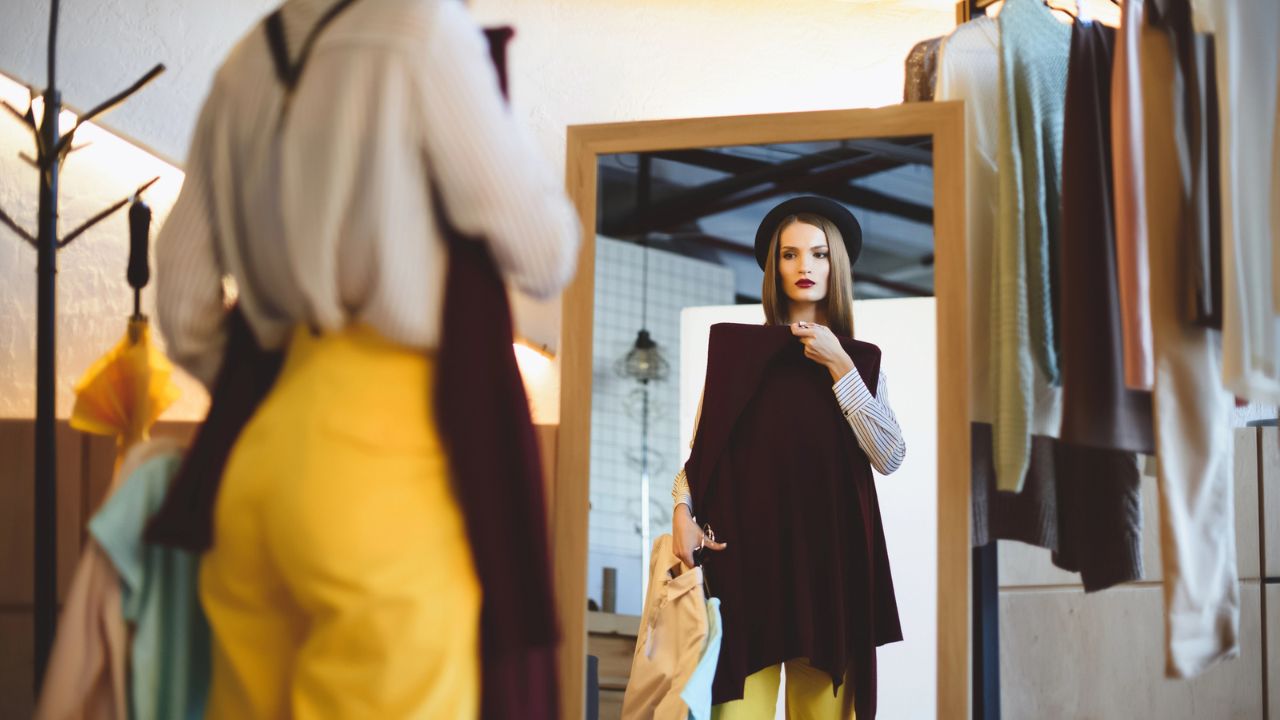
High-end or luxury sections are often placed at the front of the store or in highly visible areas. This tactic is designed to create an aspirational shopping experience. When customers see these expensive items first, it can set a higher spending mindset. Even if they don’t buy the luxury items, they may feel justified in spending more on other products.
12. Product Scarcity
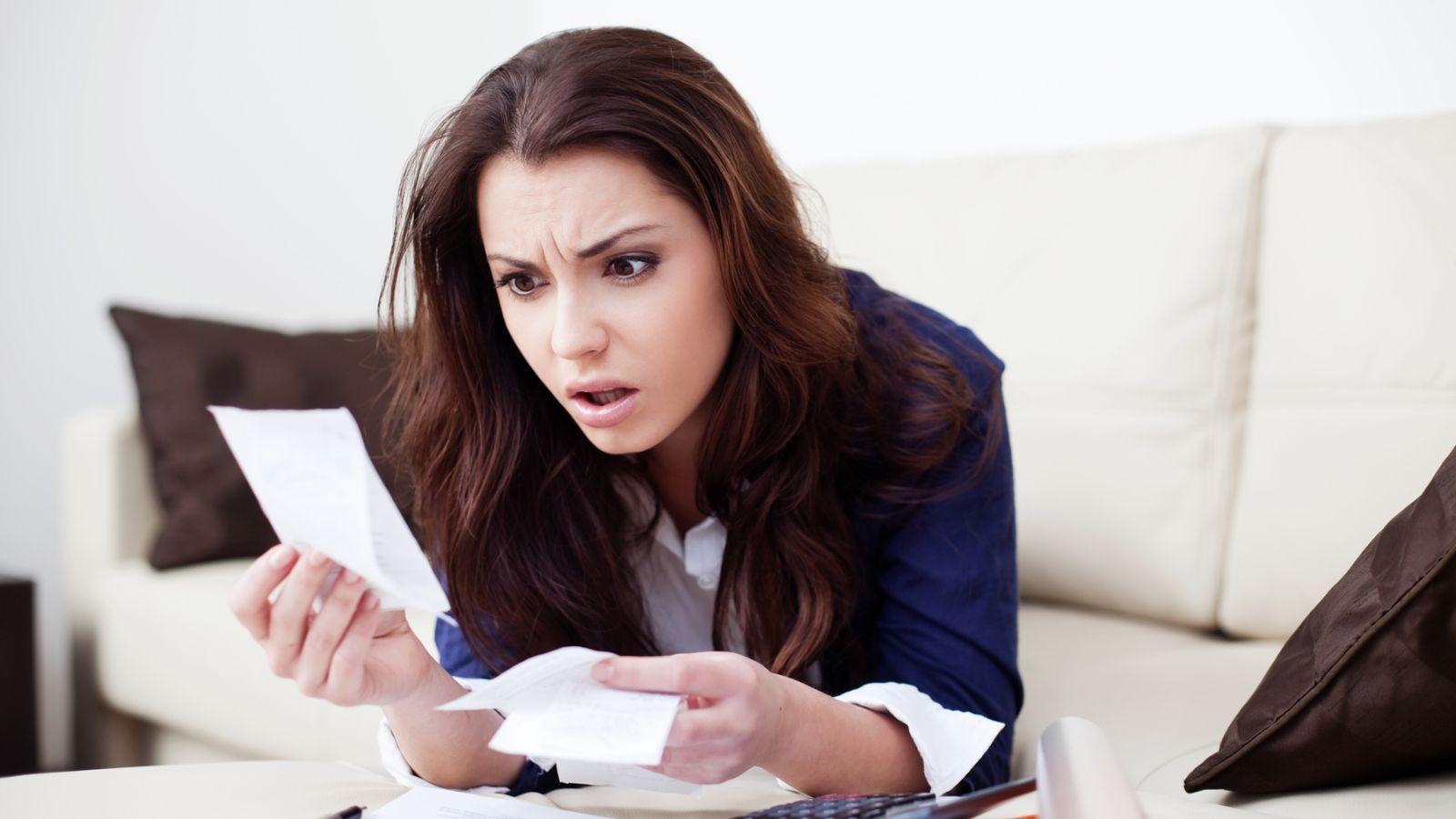
Creating a sense of scarcity can drive purchases. Phrases like “only 3 left in stock” or “exclusive release” make customers feel they need to act fast before the item is gone. This fear of missing out (FOMO) can lead to impulsive buys. Scarcity makes products seem more valuable and desirable, encouraging quicker purchase decisions.
13. Store Atmosphere
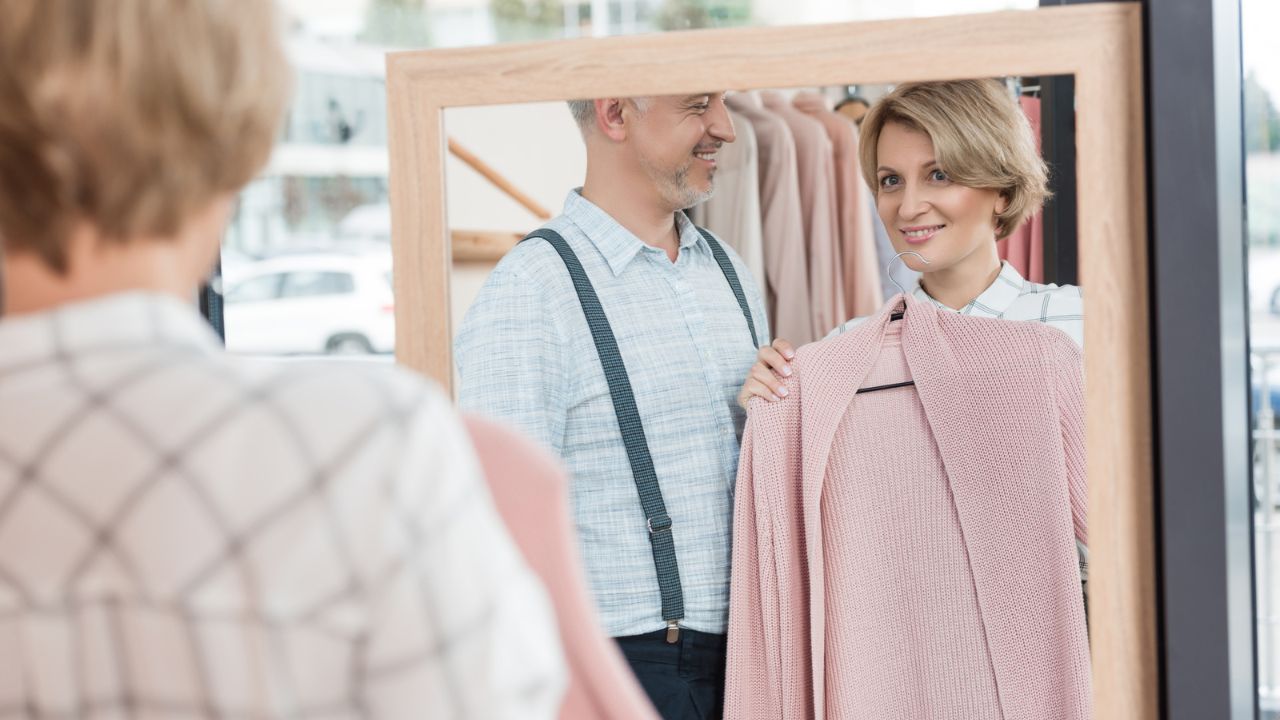
The overall atmosphere of a store plays a crucial role in shopping behavior. Warm lighting, comfortable temperatures, and tidy, organized spaces make customers feel more relaxed and willing to browse longer. The more time spent in the store, the more likely customers are to make additional purchases. A pleasant shopping environment can increase overall sales.
14. Personalized Recommendations
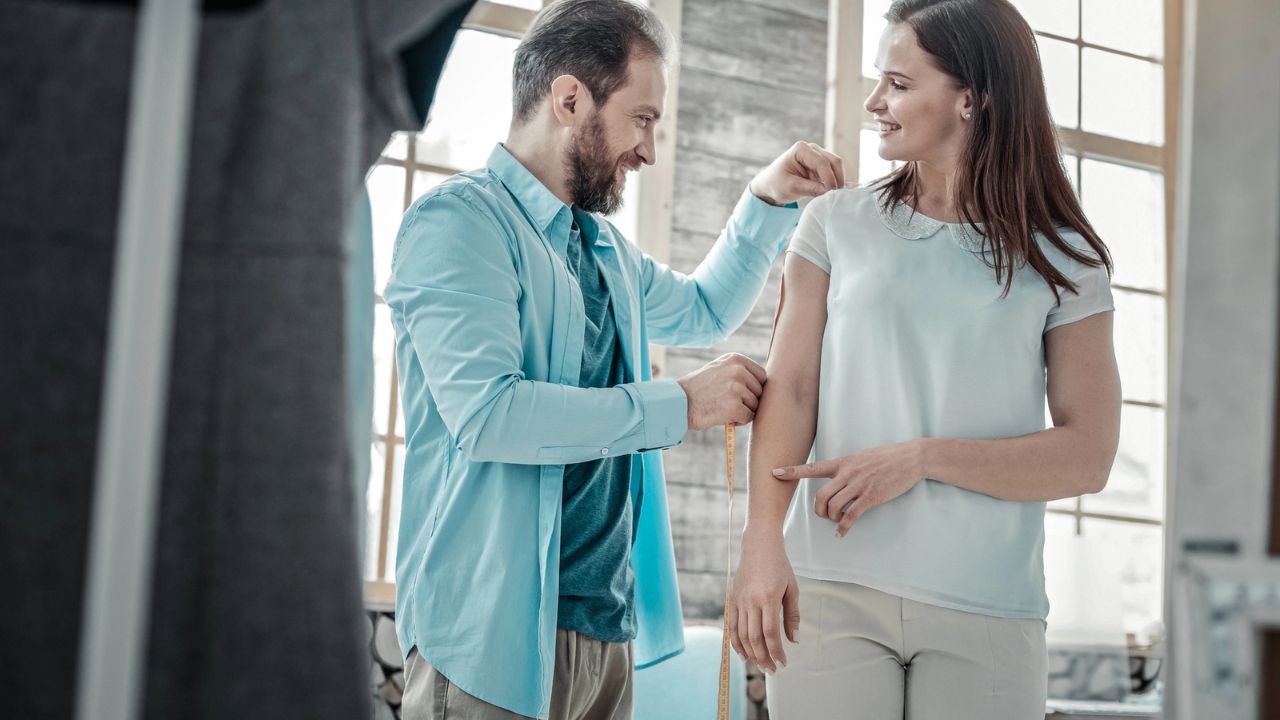
With the rise of online shopping, personalized recommendations have become a powerful tool. By analyzing customer data and purchase history, stores can suggest products that are more likely to appeal to individual shoppers. These targeted suggestions often lead to additional purchases, as customers feel the items were chosen specifically for them. Personalized marketing makes shopping feel more convenient and relevant.
15. Social Proof

Stores use social proof to influence buying decisions by highlighting what other customers are buying or recommending. Signs like “bestseller” or “most popular” can make a product more appealing. When customers see that others are buying a product, they are more likely to consider it themselves. This tactic leverages the herd mentality, where people follow the actions of others, leading to increased sales.
Get Paid To Nap: 12 Ways To Earn Money While You Sleep

Get Paid To Nap: 12 Ways To Earn Money While You Sleep
10 Frugal Lessons I Learned From Being Flat Out Broke

10 Frugal Lessons I Learned From Being Flat Out Broke
Source: The Guardian.





